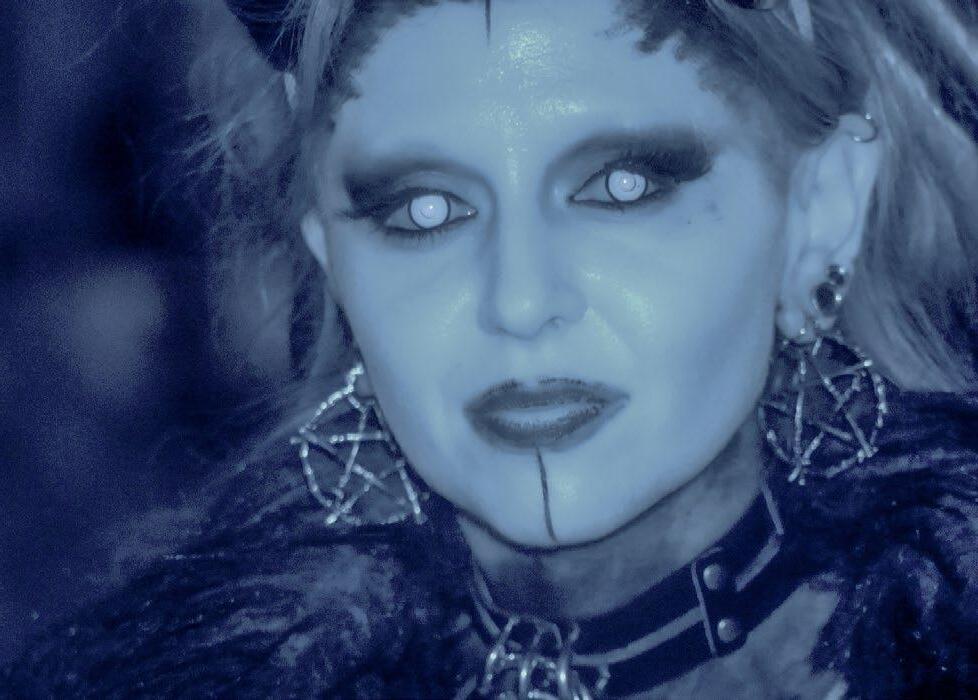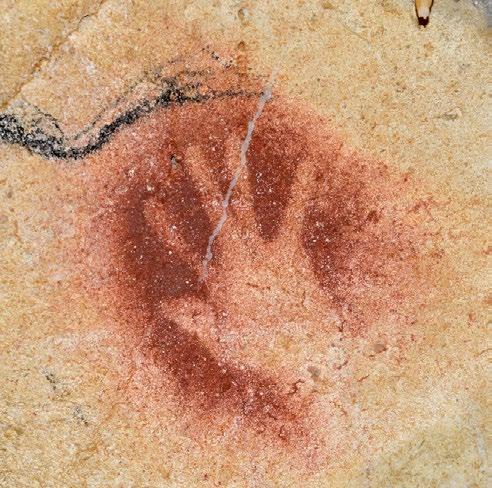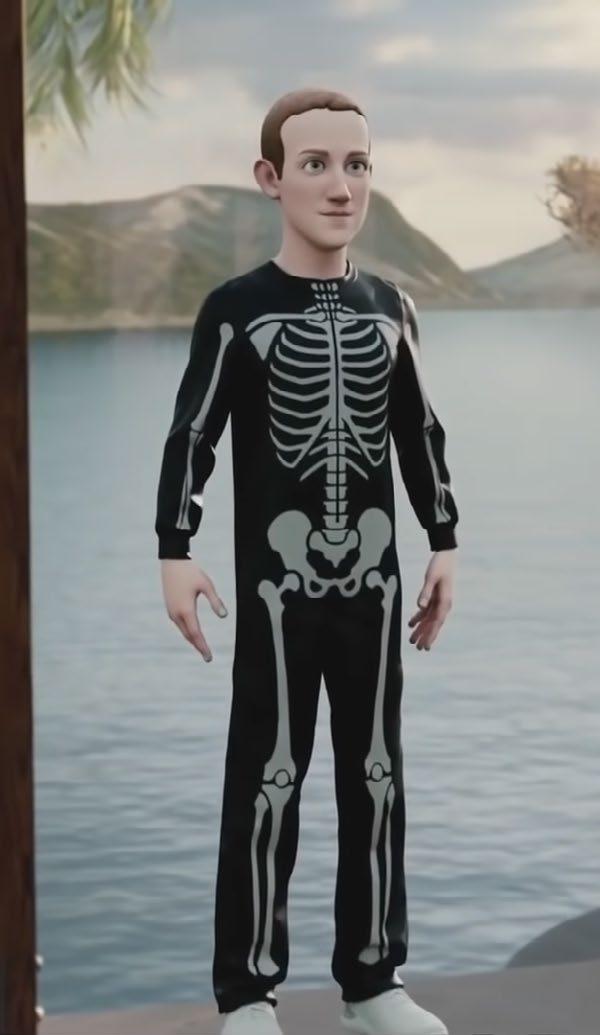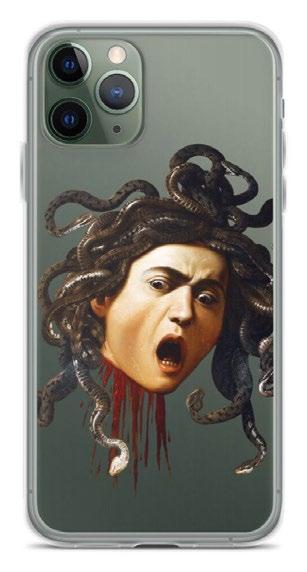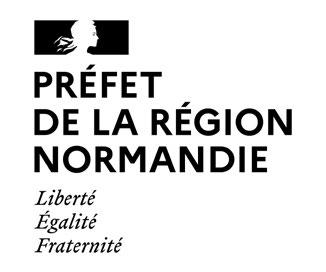People of the Mirror
on the other side of the screens

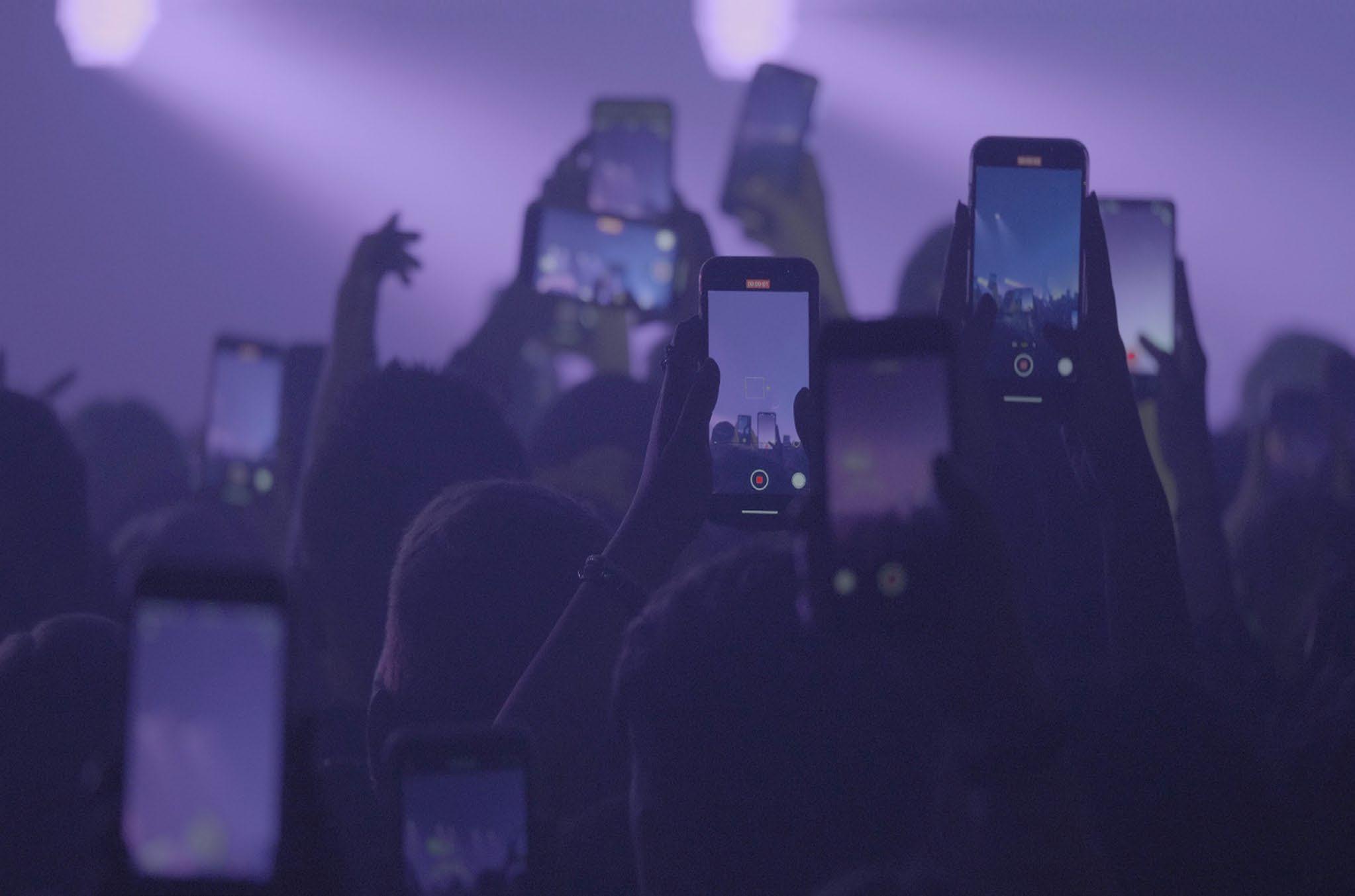
a
The Goth scene is a melting pot of macabre splendour, digital worlds and fantastical imaginations.
This melting pot of composite aesthetics is a mirror of our times, when the body aspires to unite with ideals, and individuals are transformed into icons.
In the background is the history of humanity, its relationship with death and images;
And that of industrial society, built on mineral resources and driven by a thirst for eternity...

capitalism of i mages
In 2014, I went to the city of Leipzig, Germany for the first time. My presence coincided with one of the most important subcultural event in the world. Among the exchange of looks of the festival-goers, I perceived an attitude towards the images which triggered in me an abundant material to think about.
The predominance of the visual, the aesthetics of the poses, the search for photogenicity betrayed the underlining influence of social networks and post-internet culture. Suddenly, it became very clear to me how aspiration for identity, consumption and imagination intertwined, recomposing in this microcosm the mechanisms at work in our Western societies.
My artistic work strives to find elements answers to the questions that obsess me : what are images fundamentally? What do they represent for us? How and why do they affect us so much?
My research unfolds around the themes of the erasure of identity and study of the nature of images. In Leipzig, I discovered a phenomenon that united those two fields within the same project.
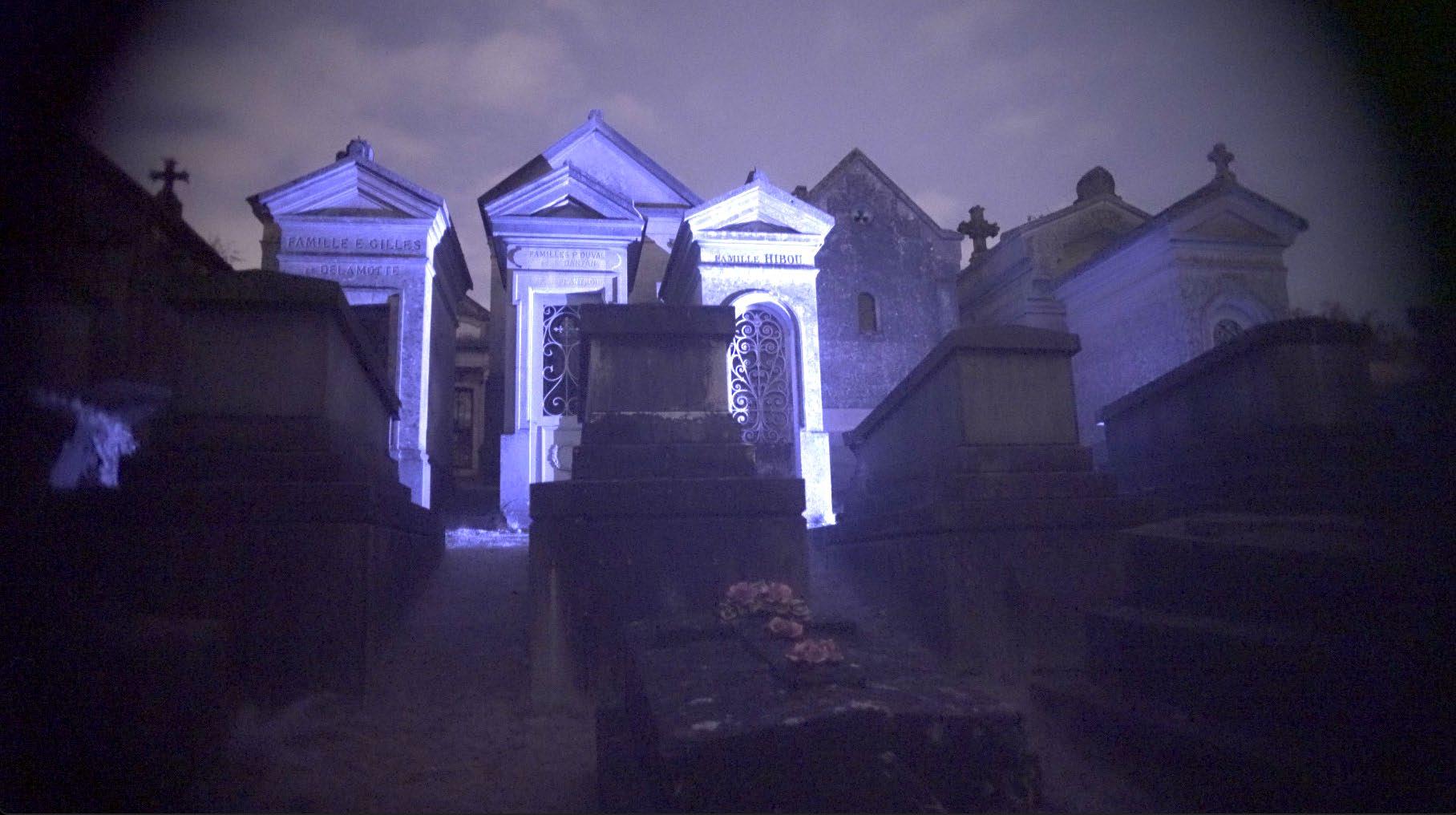
wraiths of silicon
The digital technology is opening up a rift in our relationship with the world. The immateriality of the digital image brings it closer to ideas, therefore to a mental, virtual and spiritual state. Can we imagine that the world of images and the world of the dead merge in the same dimension?
Computer devices are, like funerary monuments, made of mineral materials from the earth’s subsoils. The body of the user becomes an avatar, the body of the deceased becomes a soul, a spirit. The avatar and the soul are represented by the images, which make it possible to shape a state beyond the flesh.
To illustrate this analogy, I’ll use the metaphor of the digital ghost.
Under this perspective, the Goth scene then takes on a new meaning: this community for which appearance is a determining element, is like the bridge between the death of the body and electronic “death”. Those, who project themselves fully into digital space would be re-enacting a relationship that has been happening since the dawn of humanity. The macabre elements of their aesthetic are both a metaphor and a further confirmation of the sacredness of the images.
The « incorporeal body »
(michel foucault, 1966)
People of the mirror blends two investigations :
A philosophical inquiry
What is digital technology changing in our perception of the world?
What does the physical body reflect today?
Has it been reduced to a sum of representations?
How to think of the digital double?
What are the emerging issues?
A social and political survey
How do the image industries influence our representations and our imagination?
What comes to create/fragment the desire for image?
How do these communities and individuals see themselves in the political space?
Do these behaviours reflect an attitude of escapism?
Or are they inventing a new form of community?

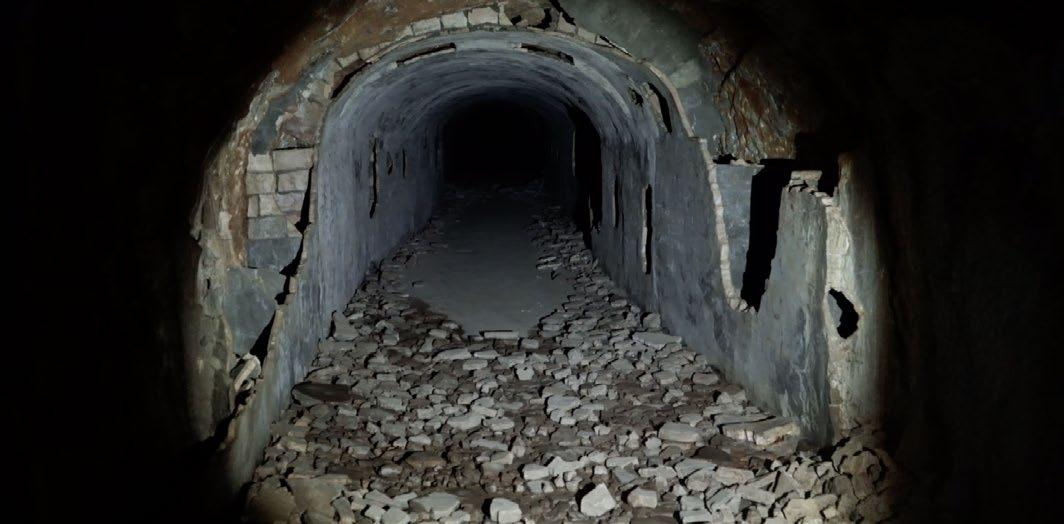


visual style

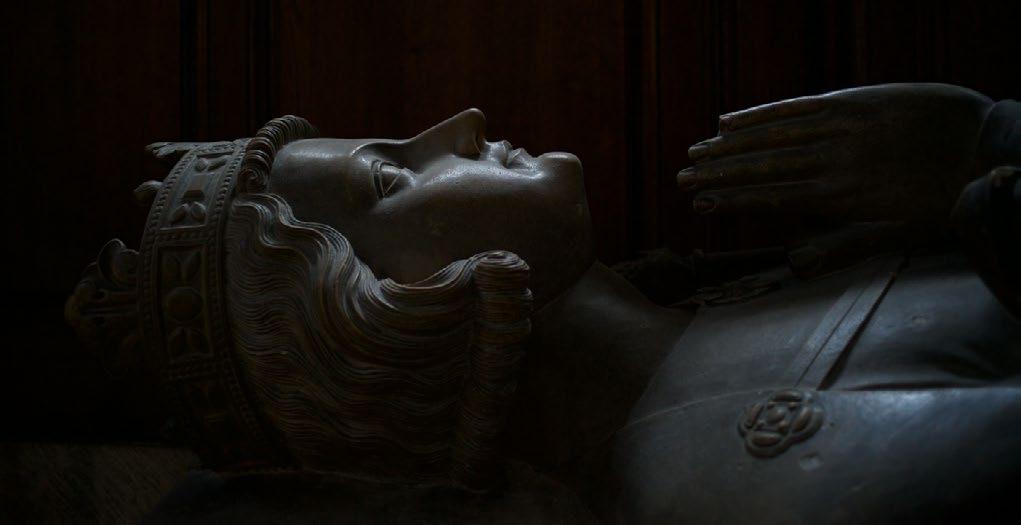

abyss
The editing will create a geographical unity by bringing together shots of several underground places (caves, crypts, theatres, music venues, etc.) and making them appear on the screen as if they were parts of the same architecture.

I want the viewer to feel the experience of a journey through dark depths. My aim is to give the impression that the place of the images is a physical, chthonic space that we explore throughout the story, an abyss from which images emerge like ghosts.


